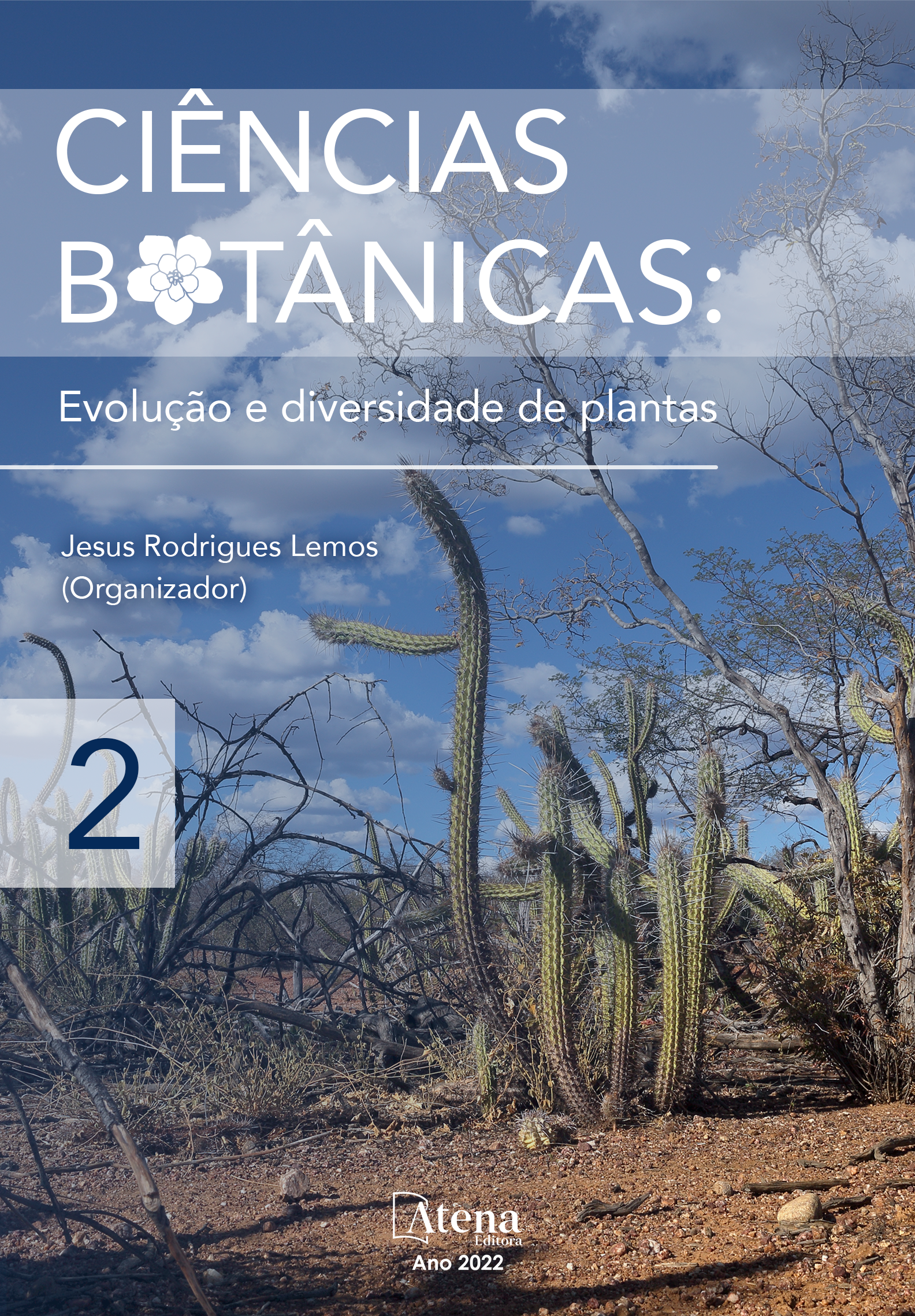
DISSIMILARIDADE FLORÍSTICA ENTRE TRÊS FITOFISIONOMIAS DE CAATINGA
As análises florísticas e fitossociológicas na Caatinga proporcionam um entendimento detalhado da diversidade de espécies vegetais e de como elas estão distribuídas em seus ambientes. Objetivou-se avaliar três diferentes fitofisionomias de Caatinga, em termos de composição e estrutura da flora e dos índices ecológicos. As áreas selecionadas foram: mata ciliar (MC), Caatinga arbustiva (CAR) e Caatinga arbórea (CAB). Foram instaladas 10 parcelas de 10x20m em cada fitofisionomia. Adotou-se como critério de inclusão árvores com circunferência à altura do peito (CAP) ≥ 6,0 cm e altura ≥ 1,5 m. Os espécimes amostrados foram identificados ao nível de espécie, quando possível. Os índices ecológicos foram calculados. Foram encontradas, no total, 45 espécies arbustivas/ arbóreas, distribuídas em 19 famílias, sendo 25 espécies na MC, 26 espécies na CAR e 22 na CAB. A família Fabaceae foi a melhor representada em número de espécies. As espécies com maior Índice de Valor de Importância (IVI) foram: Bauhinia ungulata (na MC), Mimosa verrucosa (na CAR) e Annona leptopetala (na CAB). Os valores obtidos para o índice de diversidade de Shannon-Wiener (H`) foram de 2,46 (para a MC), 2,37 (CAR) e 2,21 nats. ind.-1 (CAB). Os valores do índice de similaridade de Sorensen foram de 0,52 (MC x CAR) e 0,50 (MC x CAB) o que representa baixa similaridade entre as áreas. Alta similaridade foi encontrada entre CAB e CAR (0,73). Houve apenas oito espécies comuns aos três ambientes. Nas fitofisionomias avaliadas foram encontradas tanto espécies típicas de Caatinga quanto espécies que ocorrem tanto em Caatinga quanto em Cerrado, demonstrando que, de fato, se trata de uma área de ecótono entre esses dois biomas.
DISSIMILARIDADE FLORÍSTICA ENTRE TRÊS FITOFISIONOMIAS DE CAATINGA
-
DOI: 10.22533/at.ed.6362214023
-
Palavras-chave: Caatinga; Ecótono; Diversidade florística.
-
Keywords: Caatinga; Ecotone; Floristic diversity
-
Abstract:
Floristic and phytosociological analyses in the Caatinga provide a detailed understanding of the diversity of plant species and how they are distributed in their environments. The objective was to evaluate three different Caatinga phytophysiognomies, in terms of flora composition and structure and ecological indices. The selected areas were: riparian forest (RF), shrubby Caatinga (SC) and arboreal Caatinga (AC). 10 plots of 10x20m were installed in each physiognomy. Inclusion criteria were trees with circumference at breast height (CBH) ≥ 6.0 cm and height ≥ 1.5 m. Specimens sampled were identified to species level, when possible. Ecological indices were calculated. A total of 45 shrub/tree species were found, distributed in 19 families, 25 species in the RF, 26 species in the SC and 22 in the AC. The family Fabaceae was the best represented in number of species. The species with the highest Importance Value Index (IVI) were: Bauhinia ungulata (in RF), Mimosa verrucosa (in SC) e Annona leptopetala (in AC). The values obtained for the Shannon-Wiener diversity index (H`) were 2.46 (for RF), 2.37 (SC) and 2.21 nats. ind.-1 (AC). The values of Sorensen similarity index were 0.52 (RF x SC) and 0.50 (RF x AC), which represents low similarity between the areas. High similarity was found between AC and SC (0.73). There were only eight species common to the three environments. In the phytophysiognomies evaluated, both typical Caatinga species and species that occur in both Caatinga and Cerrado were found, demonstrating that, indeed, this is an ecotone area between these two biomes.
-
Número de páginas: 18
- Marlete Moreira Mendes Ivanov
- Juliene de Sousa Santos
- Ramon de Sousa Leite
- Mauro Alessandro Karasinski
- Daiane de Moura Borges Maria


